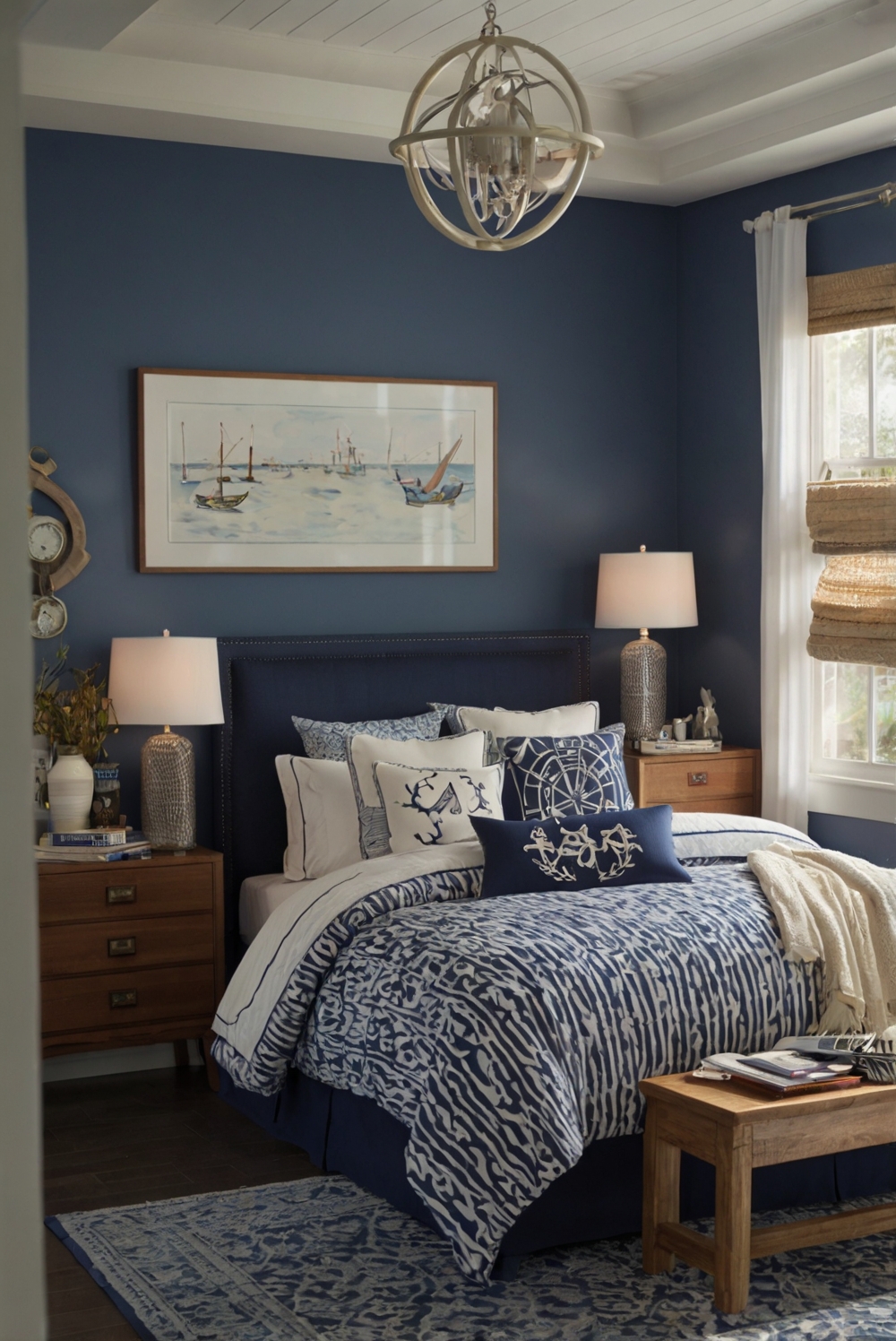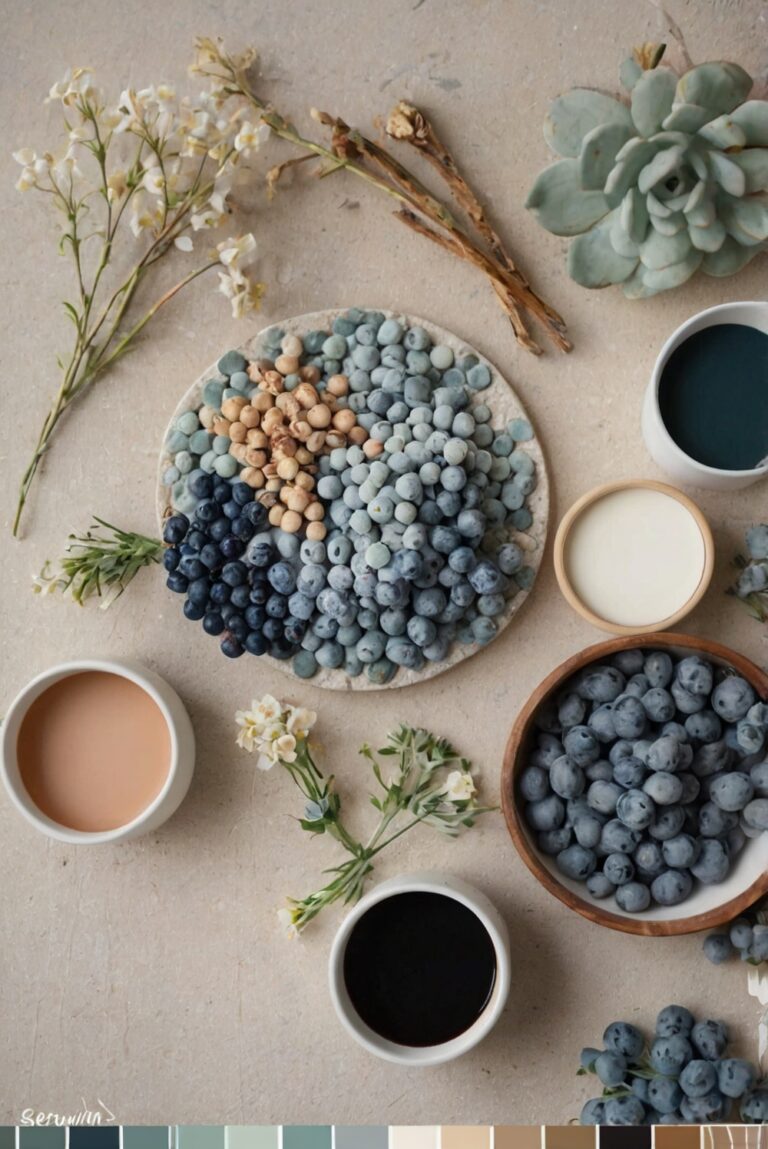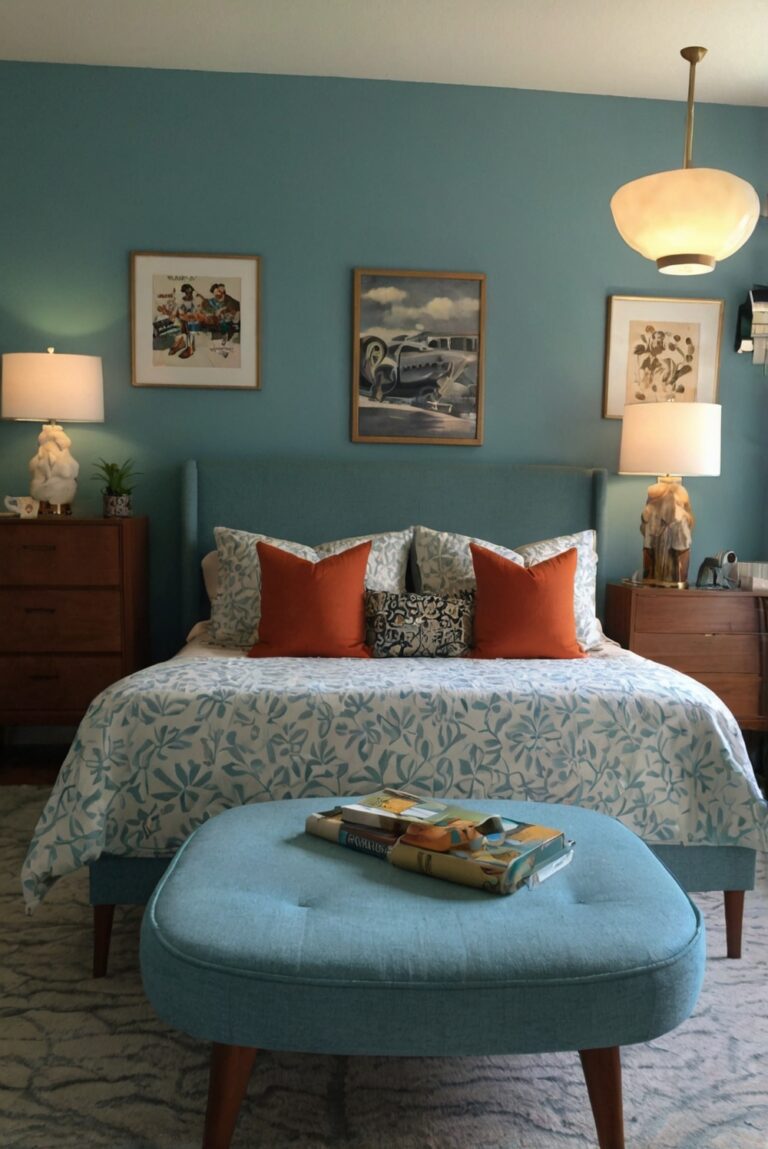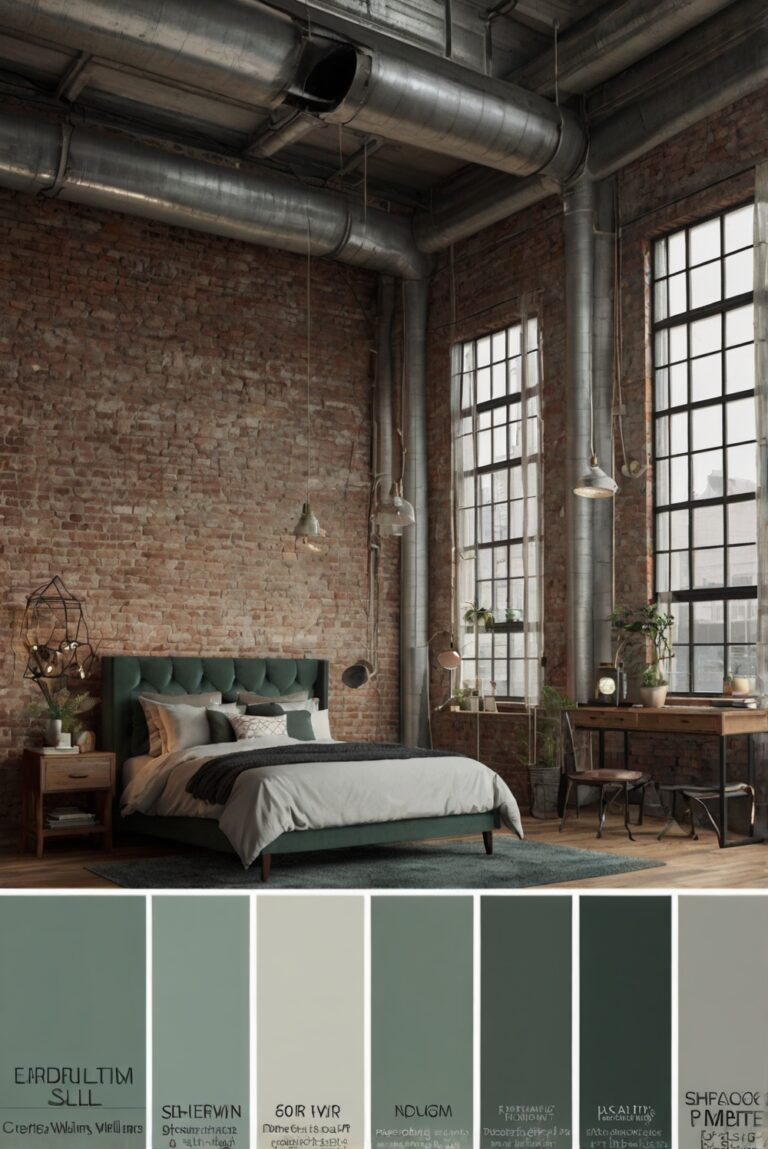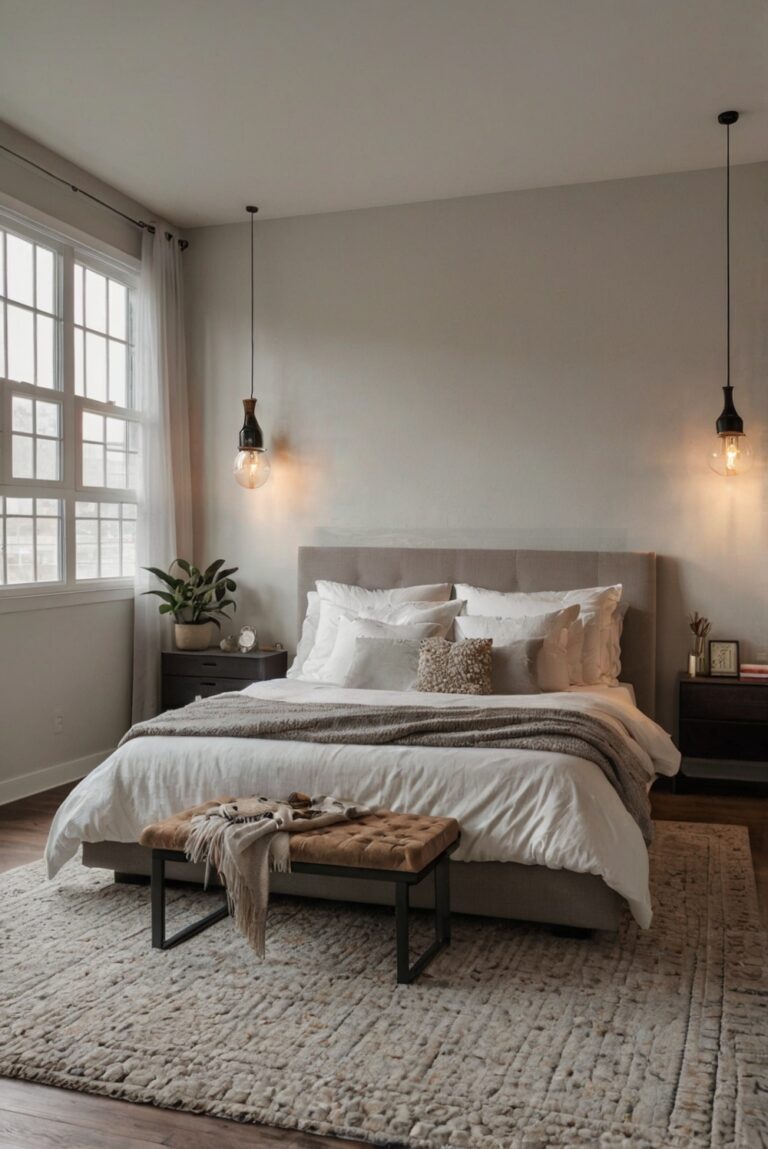In this daily interior designer routine, discover tips and tricks on selecting bedding material for ultimate comfort and durability. Explore the best options and transform your bedroom into a cozy sanctuary.
How to Select the Best Bedding Material for Comfort and Durability?
As part of my daily home décor routine, I always focus on selecting the best bedding material for comfort and durability. When it comes to home decorating, the bedding plays a crucial role in enhancing the overall look and feel of a room. I prioritize home interior design by carefully choosing bedding materials that not only look stylish but also provide maximum comfort. Space planning is essential when selecting bedding to ensure there is enough room for movement and relaxation. I also consider factors like the thread count, material quality, and durability to ensure long-lasting comfort. For a well-coordinated look, I match the bedding colors with the room’s interior design. In the bedroom, interior design focuses on creating a cozy and inviting space for relaxation and rest. Therefore, I pay attention to the color scheme, textures, and patterns to achieve a harmonious overall look. When selecting bedding, I look for designer pieces that add a touch of luxury and elegance to the room. Good quality primer paint for walls is essential for a smooth and flawless finish when painting walls. I make sure to match paint colors accurately to create a cohesive look that complements the bedding and other elements of the room. By following these steps and paying attention to details, I can create a well-designed and comfortable living space that promotes relaxation and rest.
**When selecting the best bedding material for comfort and durability, there are several important factors to consider.**
**Comfort:**
When looking for bedding material, comfort is a key factor to prioritize. The material you choose should feel soft and cozy against your skin, providing a comfortable sleeping experience. Cotton is a popular choice for bedding due to its softness and breathability. It allows for good airflow, keeping you cool in warmer months and warm in colder months. Another excellent option for comfort is linen, which is known for its luxurious feel and ability to regulate body temperature.
**Durability:**
Durability is crucial when choosing bedding material. You want a material that can withstand regular washing and wear without losing its quality. Look for materials that are known for their durability, such as polyester blends or high-quality cotton. These materials are less likely to fade, pill, or shrink after multiple washes, ensuring that your bedding stays in good condition for a long time.
**Thread Count:**
Thread count is another important factor to consider when selecting bedding material. The thread count refers to the number of threads woven into a square inch of fabric. A higher thread count typically indicates a softer and more durable material. However, it’s essential to note that thread count is not the only factor that determines the quality of bedding material.
**Maintenance:**
Consider the maintenance requirements of the bedding material before making a purchase. Some materials are easy to care for and can be machine washed and dried, while others may require special care such as dry cleaning. Choose a material that fits your lifestyle and maintenance preferences to ensure that your bedding stays in good condition over time.
**Cost:**
While comfort and durability are essential factors to consider when selecting bedding material, cost is also a significant consideration for many people. Set a budget for your bedding purchase and look for materials that offer a good balance of comfort, durability, and affordability. Keep in mind that investing in higher-quality bedding material may save you money in the long run, as you won’t need to replace it as frequently.
In conclusion, when selecting the best bedding material for comfort and durability, it’s crucial to consider factors such as comfort, durability, thread count, maintenance, and cost. By choosing a material that is soft, breathable, and durable, you can ensure a comfortable and restful night’s sleep. Additionally, paying attention to details such as thread count and maintenance requirements will help you select bedding that meets your needs and preferences. Finally, establishing a budget for your bedding purchase will help you find a material that offers the right balance of quality and affordability. With these considerations in mind, you can select the best bedding material for comfort and durability that will provide you with a cozy and long-lasting sleeping experience.
1. What are the key factors to consider when selecting bedding material for comfort and durability?
When choosing bedding material for comfort and durability, key factors to consider include the thread count, fabric type, breathability, and hypoallergenic properties. A higher thread count typically indicates softer and more durable sheets. Cotton and linen are popular choices for bedding due to their natural breathability and comfort. Additionally, hypoallergenic materials such as bamboo or silk can be beneficial for those with sensitive skin or allergies. By considering these factors, you can select bedding material that provides both comfort and longevity.
2. How does thread count affect the comfort and durability of bedding material?
Thread count refers to the number of threads woven into one square inch of fabric. A higher thread count generally indicates a softer and more durable material. However, it is essential to note that thread count is not the only factor to consider when selecting bedding material. While a high thread count can contribute to comfort, the quality of the fabric and weave also play a significant role in determining the overall feel and durability of the sheets. Therefore, it is essential to balance thread count with other factors when choosing bedding material.
3. What are the best fabric options for bedding material in terms of comfort and durability?
Cotton is one of the most popular fabric choices for bedding material due to its softness, breathability, and durability. Egyptian cotton is known for its luxurious feel and high-quality fibers, making it a top choice for those seeking premium bedding material. Linen is another excellent option for bedding material, as it is lightweight, breathable, and becomes softer with each wash. Silk is a luxurious choice for bedding material, known for its smooth texture and hypoallergenic properties. By selecting bedding material made from high-quality fabrics like cotton, linen, or silk, you can ensure both comfort and durability.
4. How can you determine the breathability of bedding material for optimal comfort?
Breathability is a crucial factor to consider when selecting bedding material for comfort. Breathable bedding allows air to circulate, helping to regulate body temperature and prevent overheating during sleep. Fabrics like cotton, linen, and bamboo are known for their natural breathability, making them ideal choices for bedding material. Additionally, choosing bedding material with a percale weave can enhance breathability, as this weave structure creates a lightweight and crisp fabric that promotes airflow. By prioritizing breathability in your selection of bedding material, you can create a comfortable sleep environment that promotes restful nights.
5. How can you ensure that the bedding material you choose is hypoallergenic for sensitive skin?
For individuals with sensitive skin or allergies, selecting hypoallergenic bedding material is essential to prevent irritation and discomfort. Fabrics like bamboo, silk, and organic cotton are naturally hypoallergenic and can be gentle on sensitive skin. Additionally, choosing bedding material that is certified as hypoallergenic by organizations like the Asthma and Allergy Foundation of America can provide added assurance of the material’s safety for sensitive individuals. By opting for hypoallergenic bedding material and regularly washing bedding in hot water to remove allergens, you can create a comfortable and safe sleep environment for those with sensitive skin.

